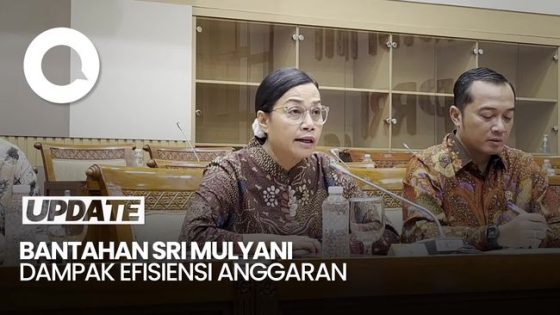The public forest of Salàs de Pallars is facing a significant challenge due to a fungus outbreak. This issue has led to the decision to cut down hundreds of trees to protect the area and its visitors. As of February 14, 2025, approximately 100 hectares are affected, raising concerns about forest health and fire risks.
- Salàs de Pallars forest spans 425 hectares.
- "Diplodia sapinea" fungus affects 100 hectares.
- 45 hectares of dead trees to be removed.
- Climate change exacerbates fungal outbreaks.
- 1,200 tons of wood will be harvested.
- Wood will heat public facilities locally.
Urgent Action Required to Combat Fungus in Salàs de Pallars Forest
What happens when a forest faces a deadly fungus? In Salàs de Pallars, the “Diplodia sapinea” fungus is causing significant tree mortality. The management team is working diligently to assess and remove affected trees, ensuring the safety and health of this vital ecosystem.
Understanding the Impact of Climate Change on Forest Health
Climate change is a driving force behind the spread of “Diplodia sapinea.” As temperatures rise, this fungus thrives, affecting areas that were previously safe. The Salàs de Pallars forest is not alone; other regions in the Pyrenees and beyond have reported similar outbreaks. Understanding these patterns is crucial for effective forest management.
Key Actions Taken to Protect the Forest
The response to the fungus outbreak includes several critical steps:
- Assessing the health of individual trees to determine the best course of action.
- Removing dead or severely infected trees over 45 hectares.
- Utilizing the harvested wood for biomass energy in local public facilities.
- Implementing measures to prevent future outbreaks and reduce fire hazards.
Future Implications for Forest Management
The ongoing work in Salàs de Pallars serves as a model for forest management in the face of climate change. As similar issues arise in the U.S., the lessons learned here can inform strategies to maintain healthy forests. Collaboration between local governments and environmental agencies will be essential.
In conclusion, the situation in Salàs de Pallars highlights the urgent need for proactive forest management. By addressing the challenges posed by climate change and harmful fungi, we can protect these vital ecosystems for future generations.































